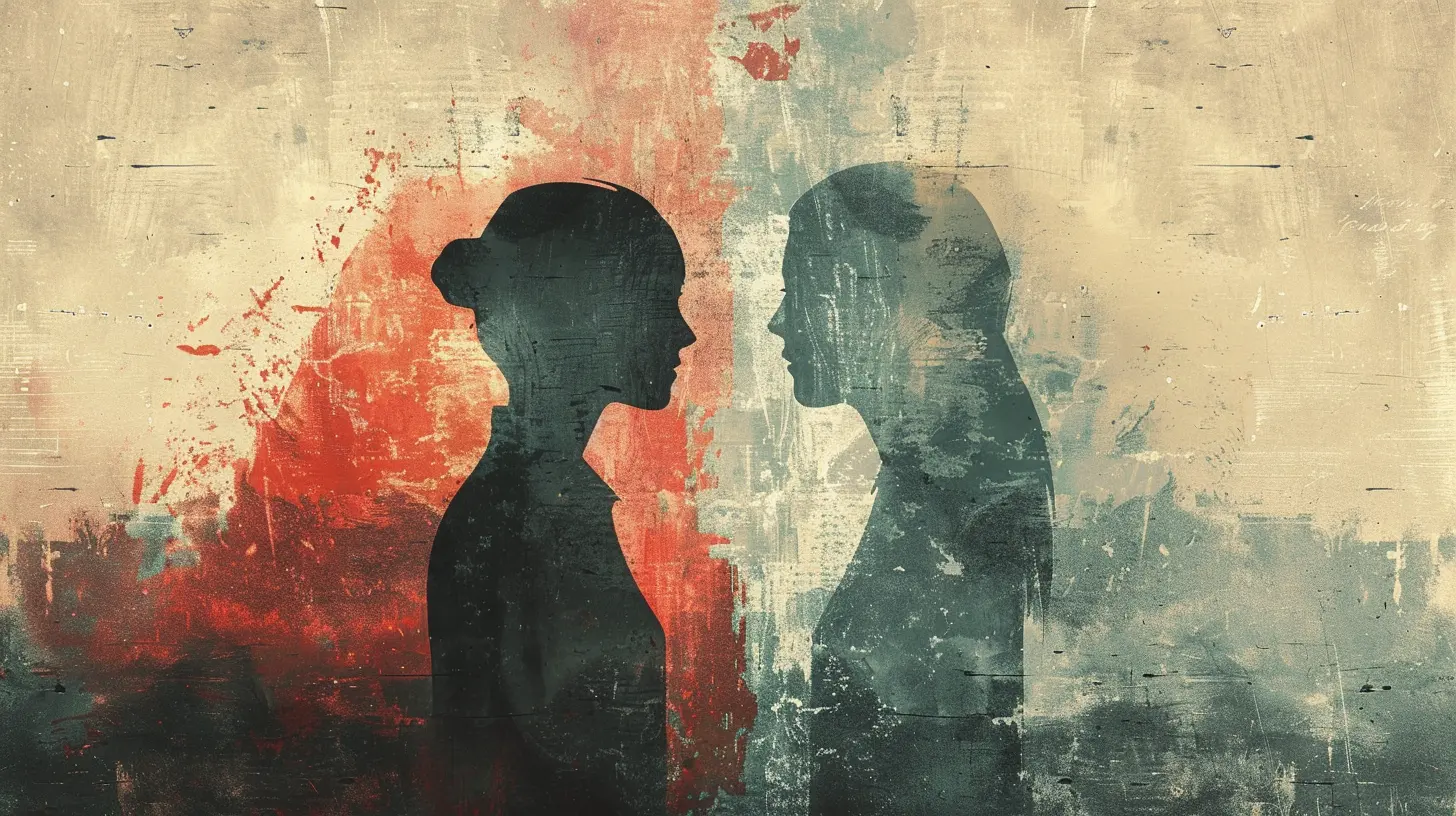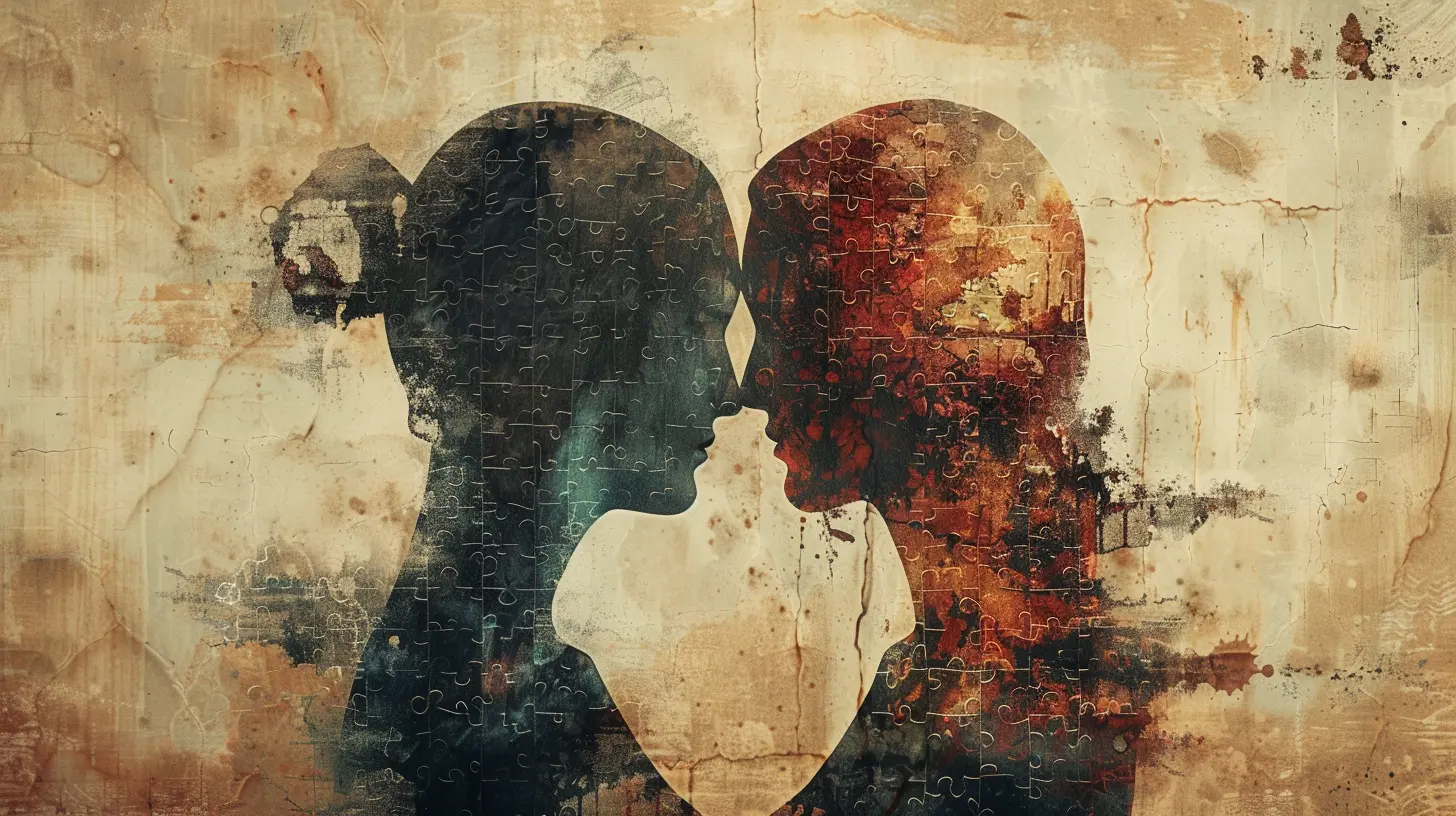The Role of Attachment Theory in Adult Relationships
1 July 2025
Have you ever wondered why some people seem to cling tightly to their partners, while others tend to keep their distance? Or maybe you’ve noticed that certain individuals thrive in relationships, while others struggle with trust and communication? Well, much of that can be explained by something called attachment theory.
In this article, we’re diving into the fascinating world of attachment theory—where it came from, how it affects our adult relationships, and what you can do to better understand your own emotional patterns. Don’t worry, we’ll keep things simple, relatable, and even a bit fun. So, grab a cup of coffee, get comfy, and let’s unpack how your early life might be shaping your love life.
What Is Attachment Theory, Anyway?
Let’s start with the basics. Attachment theory is like the behind-the-scenes director of your relationship habits. It was first introduced by British psychologist John Bowlby in the late 1950s. In simple terms, it says that the way we bonded with our caregivers as children plays a huge role in how we connect with others as adults.Think of it like this: If your childhood relationships were safe and loving, you probably carry that emotional blueprint into adulthood. But if things were a bit rocky growing up, it could explain why adult relationships sometimes feel tricky or even overwhelming.
The Four Main Attachment Styles
You know how people tend to fall into personality types like introverts and extroverts? Attachment theory has its own set of types—specifically, four key attachment styles that describe how people typically behave in close relationships.1. Secure Attachment
This is the gold standard. People with a secure attachment style are generally confident in relationships. They’re comfortable with intimacy, open with their emotions, and trusting of their partners.Does this sound like you? Or maybe someone you know who’s just super chill in relationships? That’s secure attachment doing its thing.
2. Anxious Attachment
If you find yourself constantly worrying about your partner leaving, overanalyzing texts, or needing constant reassurance—you might be leaning toward an anxious attachment style. These folks crave closeness but often fear abandonment.It’s like walking on emotional eggshells, always trying to prove your worth in a relationship.
3. Avoidant Attachment
Avoidants are the opposite of anxiously attached people. These individuals are emotionally independent and often uncomfortable with too much closeness. They might pull away when things start to get real.Ever dated someone who seemed distant or emotionally unavailable? There's a good chance they fall into this category.
4. Fearful-Avoidant (Also Known as Disorganized)
This one’s a bit more complex. People with this style often want love and intimacy but are also terrified of it. It’s a constant push-and-pull—they want to be close but are scared to trust.It's like wanting to dive into a warm pool but being afraid the water’s too deep.
Where Do These Styles Come From?
Spoiler alert: It all starts in childhood. The way your parents or caregivers responded to your needs helped shape your internal “blueprint” for relationships.- If you had caregivers who were available and responsive, you probably developed a secure attachment.
- If they were inconsistent—loving one moment, distant the next—you may have learned to become anxious.
- If they were emotionally unavailable, you may have developed an avoidant style.
- And if they were abusive or frightening, a fearful-avoidant attachment could have formed.
But wait—it’s not about blaming your parents. It's more about understanding where your patterns come from so you can start making healthier choices.
How Attachment Styles Play Out in Adult Relationships
You might be wondering, “Okay, but how does this really show up in my day-to-day relationship?” Great question. Let’s break it down.Communication
- Secure individuals are great at expressing needs and listening.- Anxious folks may struggle with over-communicating or misinterpreting things.
- Avoidants might shut down or withdraw when things get emotional.
- Fearful-avoidants can be hot and cold—pushing a partner away one minute and clinging the next.
Conflict Resolution
- Secure partners approach issues calmly and work toward solutions.- Anxiously attached people may panic or become overly emotional.
- Avoidants tend to sweep problems under the rug.
- Fearful-avoidants might avoid conflict altogether—or explode unexpectedly.
Intimacy and Trust
Trust and closeness are where attachment styles stand out most.- Secure individuals are open and trusting.
- Anxious types crave intimacy but worry constantly.
- Avoidant partners may feel smothered or guarded.
- Fearful-avoidants often feel unsafe in both extremes: too close or too distant.
Can Your Attachment Style Change?
Here’s the good news—you’re not stuck with one style forever.Life experiences, self-awareness, and even therapy can reshape your attachment patterns. It's called “earning” secure attachment, and it’s totally possible.
Let’s say you grew up with anxious tendencies. Later in life, you meet a secure partner who consistently shows up, communicates honestly, and makes you feel safe. Over time, your attachment style might shift toward secure. That’s the power of healthy connections.
And remember, it’s not about being perfect—it’s about growing.
How to Identify Your Attachment Style
Want to know your attachment style? You can take a quiz, but you’ll get the most insight by reflecting on your past and current relationships.Ask yourself:
- How do I handle conflict?
- Do I fear abandonment?
- Do I avoid emotional conversations?
- Do I trust my partner?
- How do I feel when someone gets emotionally close?
Your honest answers can shine a light on your attachment style. And once you identify it, you can start making changes.
Tips to Move Toward a Secure Attachment
Whether you're single, dating, or in a long-term relationship, shifting toward secure attachment is key to deeper and more fulfilling connections. Here's how:1. Self-Awareness Is Your Superpower
Understanding your pattern is the first step. When you catch yourself reacting out of fear or habit, pause. Ask: "Is this helpful? Or is it my attachment style talking?"2. Communicate Honestly
Tell your partner what you need and how you feel. Vulnerability might feel scary, especially for avoidants, but it builds trust.3. Set Healthy Boundaries
It’s okay to say no. Whether you're anxious and prone to over-giving, or avoidant and need space—boundaries create balance.4. Pick Partners Who Are Emotionally Available
This is a big one. If you're anxious or fearful-avoidant, you might be drawn to avoidant types. But choosing a secure partner can be healing and transformative.5. Therapy Can Help
A trusted therapist can guide you through past wounds and help rewire those deep-rooted patterns.What This Means for Your Love Life
Understanding attachment theory can be a total game-changer. Suddenly, you're not just asking, "Why did they ghost me?" or "Why am I so clingy?" You’re realizing there’s a deeper framework behind your behavior and theirs.It helps you take things less personally and start choosing differently.
Instead of reacting with fear or shutting down, you begin to respond with confidence and clarity. You build relationships based on mutual respect, trust, and communication—not emotional baggage.
Final Thoughts
Attachment theory isn’t just some academic concept tucked away in psych textbooks. It’s living and breathing in every moment of your relationships—how you fight, how you love, how you handle distance and closeness.And the best part? Once you understand your attachment style, you take back the wheel. You can work toward becoming more secure. You can build healthier relationships. You can break the cycle.
So go ahead—dig a little deeper. Your future relationships will thank you for it.
all images in this post were generated using AI tools
Category:
Psychological ResearchAuthor:

Alexandra Butler
Discussion
rate this article
2 comments
June Middleton
Understanding attachment theory can transform our adult relationships. By recognizing our emotional patterns and those of our partners, we can foster deeper connections, resilience, and healing. Embrace this knowledge to nurture healthier bonds, leading to a more fulfilling and loving life together.
October 17, 2025 at 2:25 AM

Alexandra Butler
Thank you for highlighting the transformative power of attachment theory! Understanding our emotional patterns is indeed crucial for nurturing healthier, more fulfilling relationships.
Soleil Wyatt
Attachment styles: like socks in a dryer—sometimes they match, sometimes they don’t!
July 10, 2025 at 5:05 AM

Alexandra Butler
Great analogy! Just like socks, understanding our attachment styles can help us find the right match in relationships.


